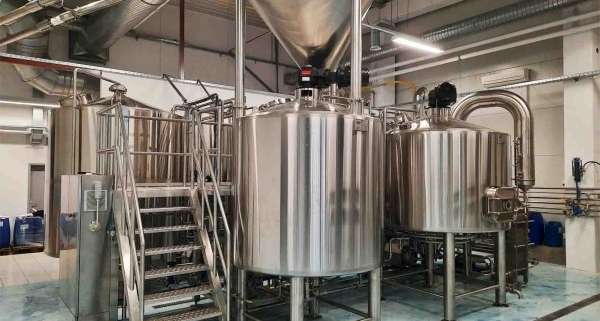Best Craft Brewery Tanks for Small Breweries
Types of Craft Brewery Tanks
When it comes to brewery equipment, not all tanks are created equal. Each one has a unique role in the beer-making process. If brewing were a rock band, these tanks would be your drummer, bassist, lead guitar, and sound engineer all in one. Here’s how it breaks down:
Mash Tun
This is where the magic starts. A mash tun mixes milled grains with hot water to activate enzymes that convert starches into sugars. A quality mash tun will have a false bottom and sparging system to separate the sweet liquid (wort) from the grain husks. The right tun means better efficiency, less waste, and a cleaner wort.
Lauter Tun
While some systems combine the mash and lauter tuns, in many setups they are separate. The lauter tun filters the mash and extracts the wort. Look for slotted screens, adjustable rakes, and wort collection systems that make this process smooth and efficient.
Brew Kettle / Boil Tank
The wort moves from the lauter tun to the brew kettle, where it gets boiled with hops. This is where bitterness, flavor, and aroma are developed. A well-designed kettle ensures even heating, consistent boil-off rates, and a good whirlpool for hop separation.
Whirlpool Tank
Not always separate, but definitely essential. After boiling, the wort is spun to collect hop particles and proteins into a cone at the bottom. This clears the wort before it hits fermentation.
Fermentation Tanks (Fermenters)
These tanks are where yeast does its thing. Fermentation tanks vary in size and shape but typically are conical for easy yeast collection. They must be temperature-controlled for consistency and equipped with valves, pressure gauges, and sample ports.
Bright Beer Tanks (BBTs)
These are your final stop before packaging. Bright beer tanks clarify and carbonate beer, readying it for kegs, cans, or bottles. You want polished interiors, perfect insulation, and precise pressure controls.
Serving Tanks
Used primarily in brewpubs, these tanks dispense beer directly to taps. They double as a bright tank and keg, keeping beer fresh and on demand.

How to Choose the Right Brewery Tank
Choosing the right tank isn’t just about volume and material – though those matter too. It’s about efficiency, scale, and the kind of beer you’re brewing. Let’s break it down like a pro:
Know Your Brewing Goals
Are you starting a nano-brewery, a brewpub, or a regional craft beer brand? Your production scale will decide whether you need a 2-barrel or 30-barrel system. Starting small? Go modular. Scaling up? Plan for expansion.
Material Quality
Stainless steel is standard (304 or 316 grade), but the polish and weld quality can vary wildly. Go with electropolished interiors to avoid microbial growth. Welds should be smooth, consistent, and sanitized.
Temperature Control
Fermenters need glycol jackets or external coils for precise temperature control. Look for insulation thickness, thermal conductivity, and the quality of the chiller system.
Customization and Accessories
Do you need dry-hop ports, CIP (Clean-in-Place) systems, sample valves, or additional manways? A good supplier can tailor the tank to your needs.
Size Versus Space
A huge fermenter might look impressive, but if it cramps your workspace, it becomes a liability. Measure your ceiling height, door width, and aisle clearance.
Benefits of Quality Craft Brewery Tanks
Cutting corners on tanks is like brewing IPA with stale hops – it just doesn’t work. Here are some juicy benefits of investing in high-quality tanks:
Consistency in Every Batch
Top-notch tanks with advanced control systems mean you can replicate that award-winning hazy IPA again and again.
Better Yield, Less Waste
Efficient lautering, minimal trub loss in the kettle, and cleaner yeast harvesting in fermenters all lead to more beer from the same ingredients.
Hygiene and Sanitation
Poor welds and finishes are breeding grounds for bacteria. High-end tanks come with CIP systems and sanitary welds, ensuring your beer stays clean and safe.
Durability and Longevity
Good tanks last decades. Even with constant use, they hold up to pressure, temperature swings, and the occasional brewer who maybe had one too many taste tests.
Visual Appeal
Let’s be honest: shiny, polished stainless-steel tanks look amazing on tours and social media. They become part of your brand.
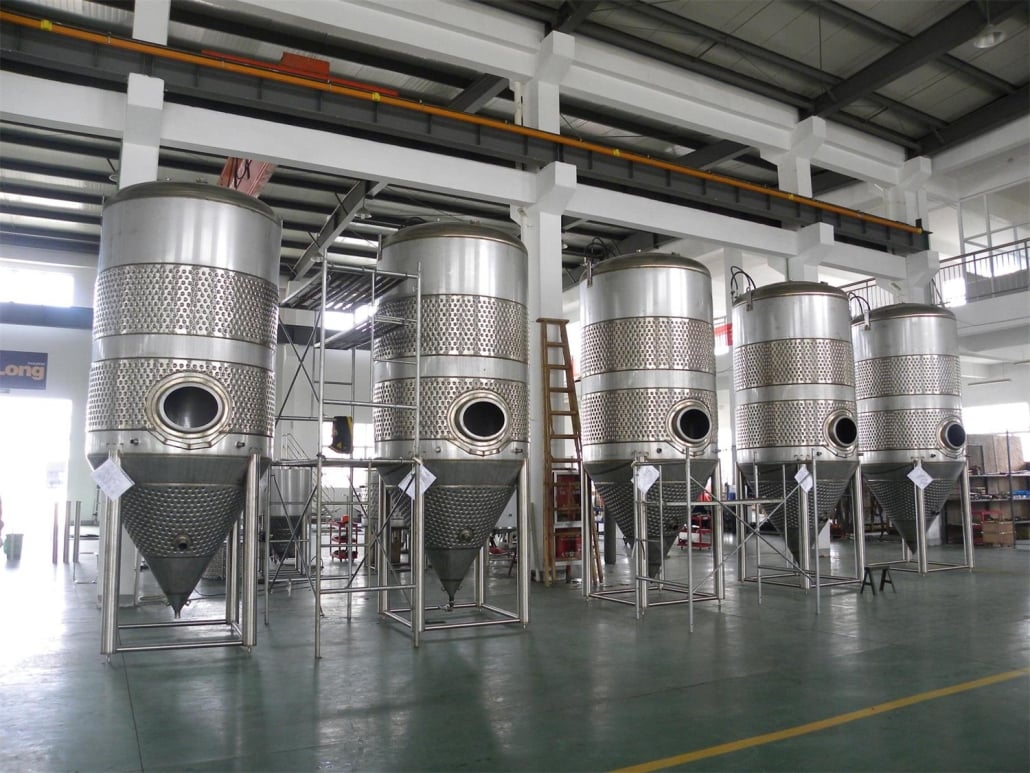
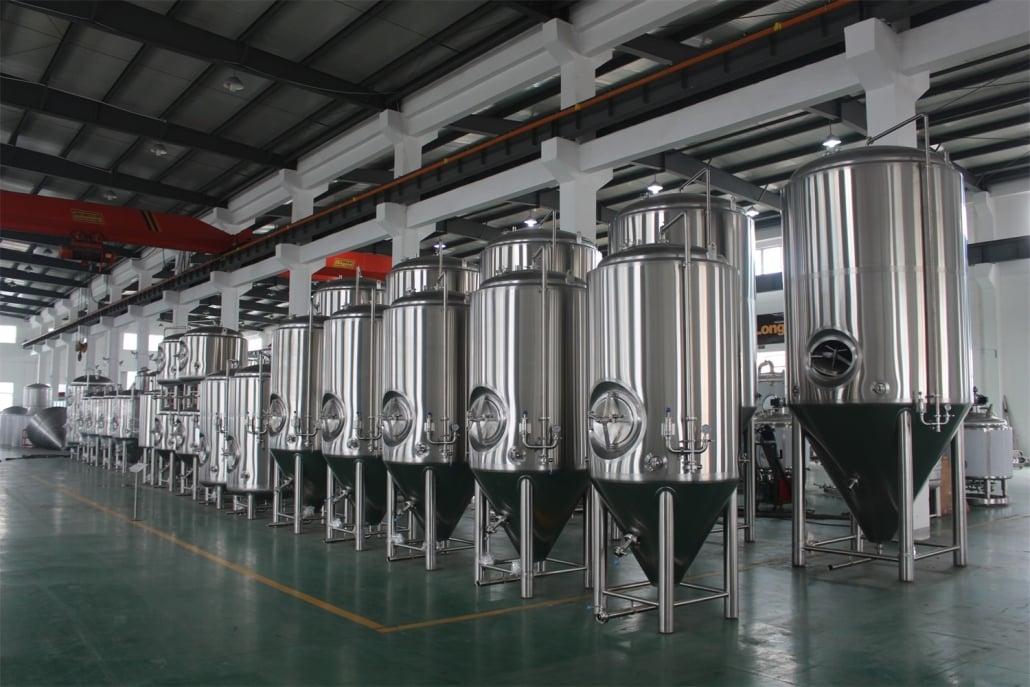
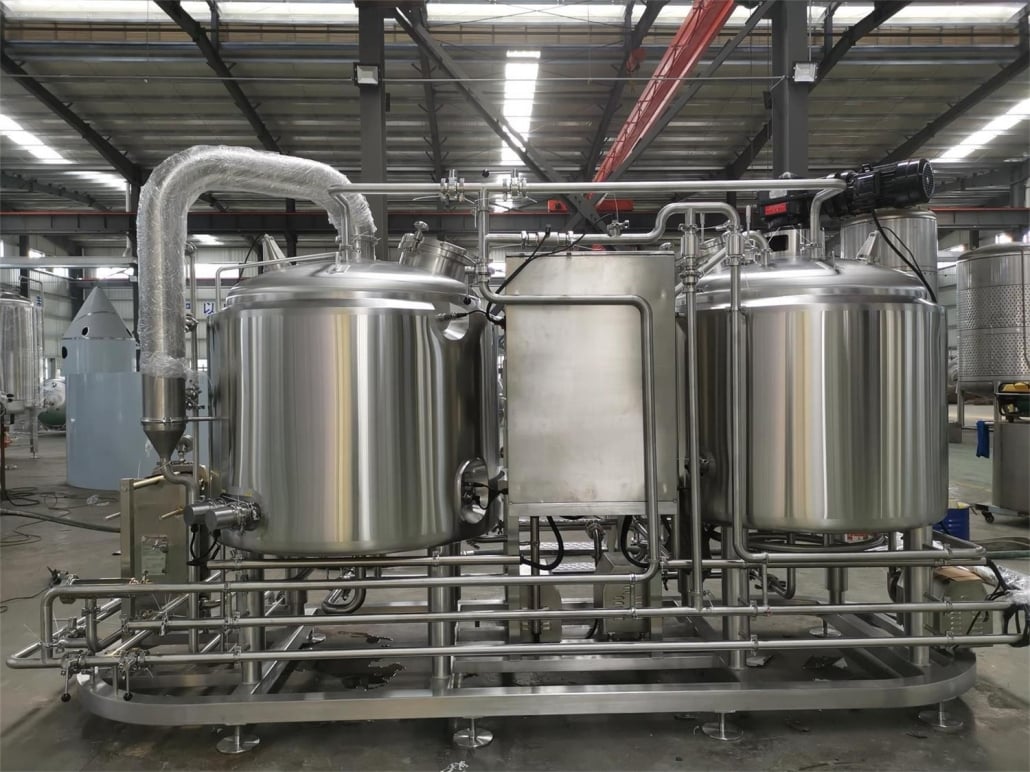
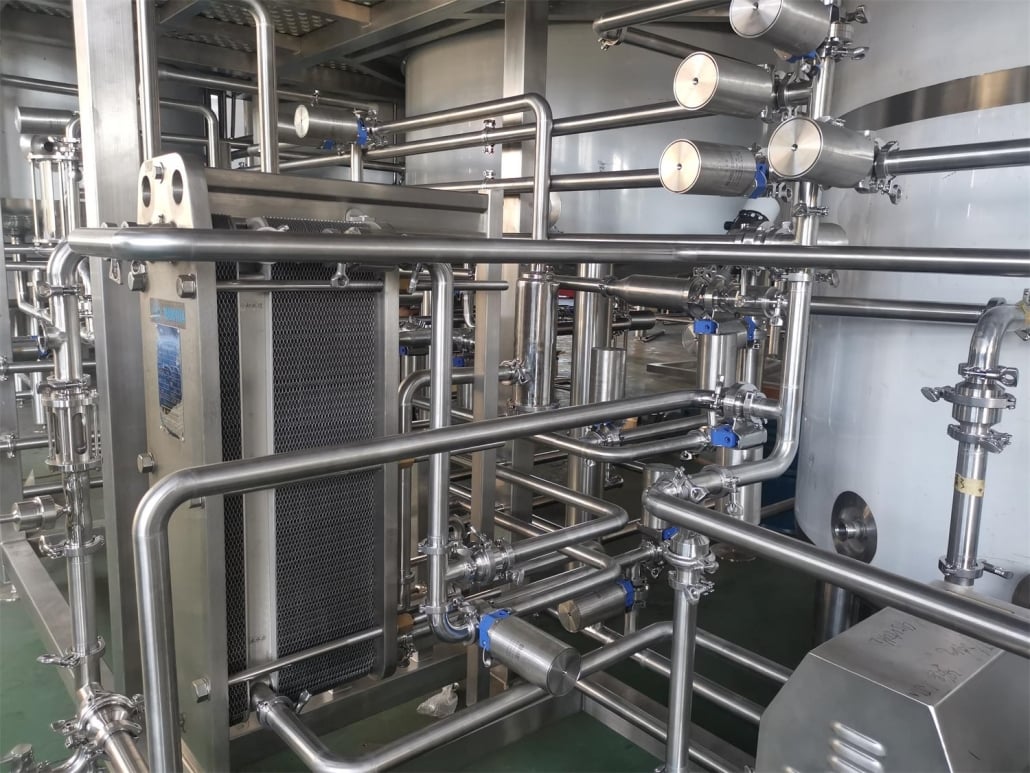
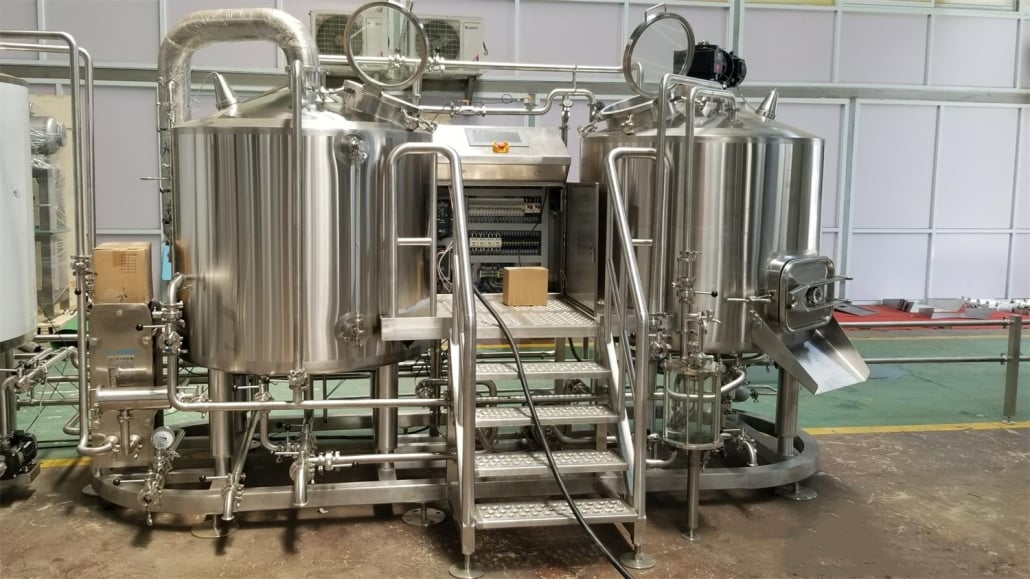
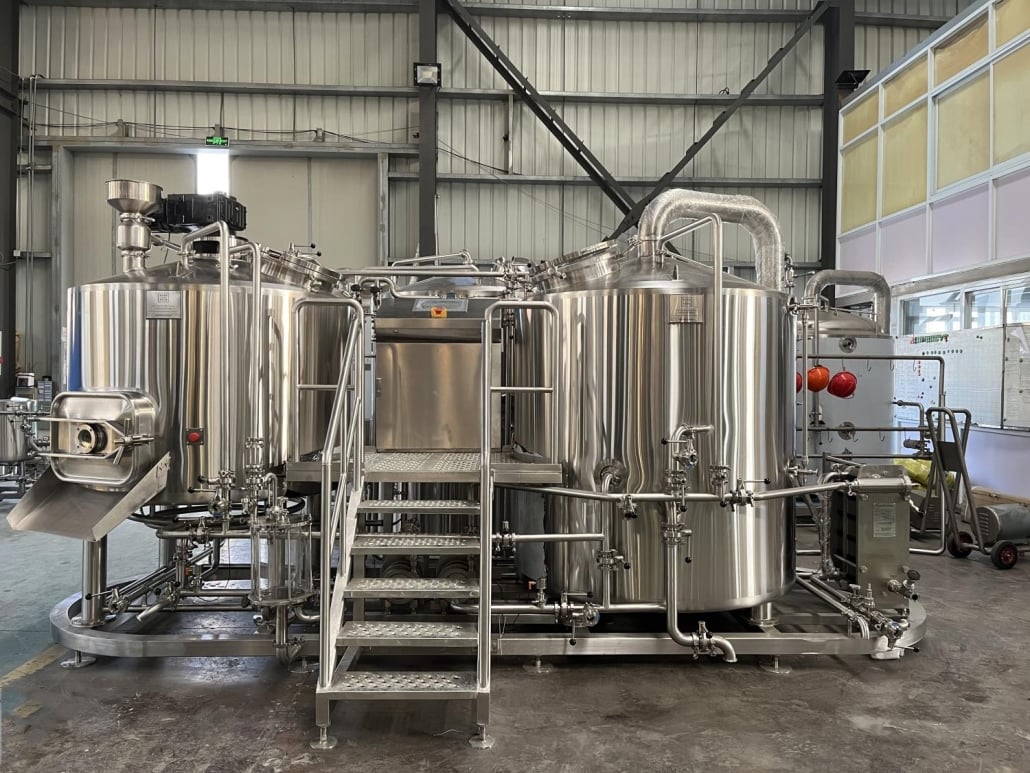
Common Mistakes When Buying Brewery Tanks: Problems and Fixes
| Mistake | Description | Consequences | Smart Solution |
|---|---|---|---|
| Undersizing tanks | Buying tanks too small for future needs | Limits growth, production delays | Plan for expansion with scalable systems |
| Ignoring insulation | Tanks without proper insulation lose temp control | Inconsistent beer quality | Ensure glycol jackets and proper insulation |
| Skipping accessories | Not adding sample ports, CIP balls, etc. | Increased labor, poor sanitation | Invest in essential accessories upfront |
| Poor supplier vetting | Choosing based on price alone | Inferior welds, delays, no support | Research reviews, ask for certifications |
| Misjudging space | Tanks too large for the brewery footprint | Workflow bottlenecks | Map out your floorplan in advance |
Where to Buy or Source Craft Brewery Tanks
Okay, so you know what you need. Now, where do you get it?
Domestic vs. Imported
There’s a big debate here. U.S. and European manufacturers offer premium tanks with excellent support and quality assurance. But they cost more. Chinese and Indian suppliers are more affordable but vary in quality. Vet them thoroughly.
Custom Fabricators
Some companies specialize in custom-built systems tailored to your space and brewing process. They’re pricier but worth it if you have unique needs.
Used Equipment Market
Sites like ProBrewer, BrewBids, and auction houses are goldmines for startups. You can find barely used tanks at a fraction of the cost – just inspect them for wear and tear.
Trade Shows and Expos
Events like the Craft Brewers Conference (CBC) showcase the latest gear and connect you with manufacturers. You get to see the tanks in person, which helps more than any brochure.
Recommended Suppliers
- JVNW (USA): Top-tier quality, fully customizable.
- Ss Brewtech (USA): Great for small-scale systems.
- BrewBilt Manufacturing (USA): Aesthetic and durable.
- DEGONG (China): Affordable with increasing quality.
- Tiantai (China): Broad range with decent service.
Specifications, Sizes, and Pricing of Brewery Tanks
| Tank Type | Common Sizes | Material | Price Range (USD) | Space Requirement |
|---|---|---|---|---|
| Mash Tun | 2 – 30 BBL | 304 SS | $5,000 – $40,000 | Medium to large |
| Lauter Tun | 2 – 30 BBL | 304 SS | $5,000 – $45,000 | Medium |
| Brew Kettle | 2 – 30 BBL | 304 SS | $6,000 – $50,000 | Medium to large |
| Fermenter | 2 – 60 BBL | 304/316 SS | $3,000 – $70,000 | Varies greatly |
| Bright Tank | 2 – 60 BBL | 304 SS | $3,500 – $60,000 | Moderate |
| Serving Tank | 1 – 10 BBL | 304 SS | $2,000 – $10,000 | Small |
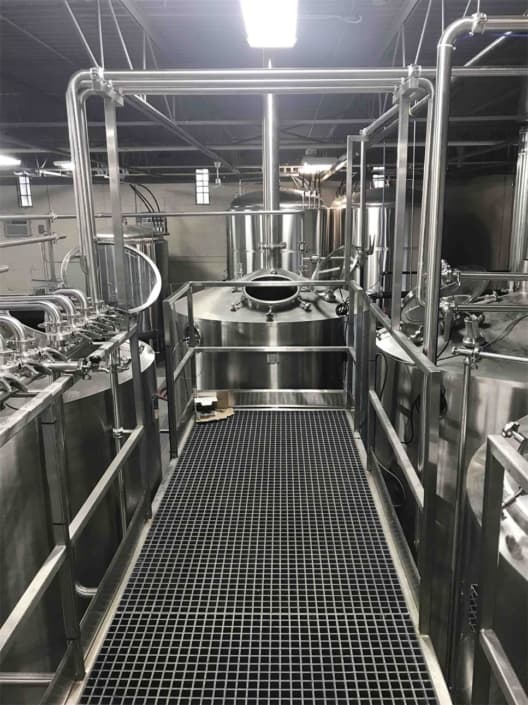
FAQ
| Question | Answer |
|---|---|
| What size tank should I start with? | Depends on your batch size and production volume. A 5-10 BBL system is common for small breweries. |
| Can I use the same tank for fermenting and conditioning? | You can, but it’s not ideal. Separate tanks help optimize both processes. |
| How often should tanks be cleaned? | After every batch. A CIP system can automate and improve this. |
| Are jacketed tanks necessary? | For fermenters and bright tanks, yes. You need temp control for quality and safety. |
| What’s the lifespan of a quality tank? | With proper maintenance, 15-25 years or more. |
| Is buying used brewery equipment risky? | Not if you inspect it well and buy from reputable sellers. |

